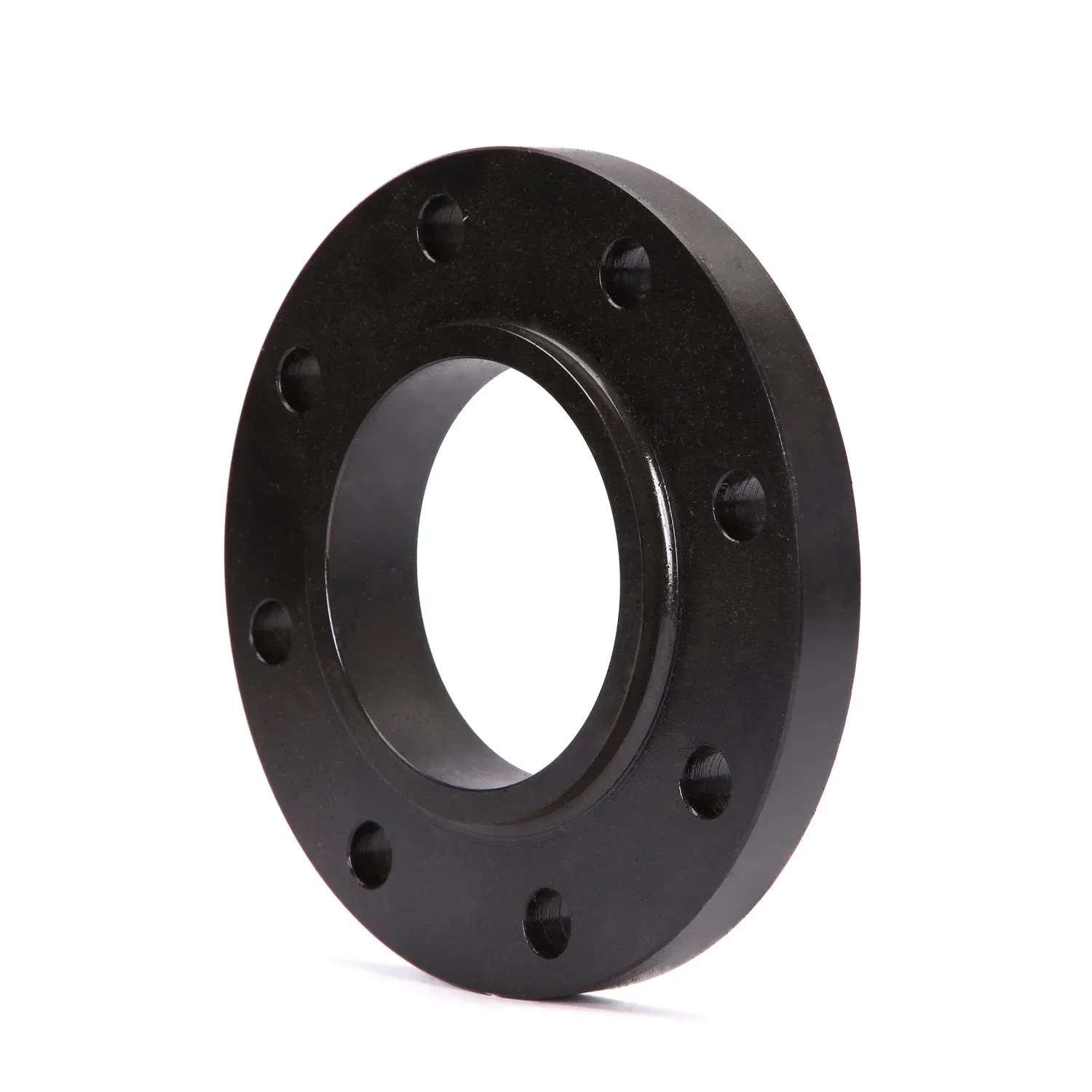-
Cangzhou Yulong Steel Co., Ltd.
-
Phone:
+86 13303177267 -
Email:
admin@ylsteelfittings.com
- English
- Arabic
- Italian
- Spanish
- Portuguese
- German
- kazakh
- Persian
- Greek
- French
- Russian
- Polish
- Thai
- Indonesian
- Vietnamese
- Zulu
- Korean
- Uzbek
- Hindi
- Serbian
- Malay
- Ukrainian
- Gujarati
- Haitian Creole
- hausa
- hawaiian
- Hebrew
- Miao
- Hungarian
- Icelandic
- igbo
- irish
- Japanese
- Javanese
- Kannada
- Khmer
- Rwandese
- Afrikaans
- Albanian
- Amharic
- Armenian
- Azerbaijani
- Basque
- Belarusian
- Bengali
- Bosnian
- Bulgarian
- Catalan
- Cebuano
- China
- China (Taiwan)
- Corsican
- Croatian
- Czech
- Danish
- Esperanto
- Estonian
- Finnish
- Frisian
- Galician
- Georgian
- Kurdish
- Kyrgyz
- Lao
- Latin
- Latvian
- Lithuanian
- Luxembourgish
- Macedonian
- Malgashi
- Malayalam
- Maltese
- Maori
- Marathi
- Mongolian
- Myanmar
- Nepali
- Norwegian
- Norwegian
- Occitan
- Pashto
- Dutch
- Punjabi
- Romanian
- Samoan
- Scottish Gaelic
- Sesotho
- Shona
- Sindhi
- Sinhala
- Slovak
- Slovenian
- Somali
- Sundanese
- Swahili
- Swedish
- Tagalog
- Tajik
- Tamil
- Tatar
- Telugu
- Turkish
- Turkmen
- Urdu
- Uighur
- Welsh
- Bantu
- Yiddish
- Yoruba

Oct . 11, 2024 10:38 Back to list
flange
Understanding Flanges Types, Applications, and Importance in Engineering
Flanges are critical components in engineering and manufacturing, serving as a method of joining two or more sections of piping or equipment to create a secure and leak-proof connection. Their design and functionality are essential in various industries, including oil and gas, water treatment, and chemical processing. This article explores the different types of flanges, their applications, and their importance in ensuring the reliable operation of numerous systems.
What is a Flange?
A flange is a mechanical component that provides a means of connecting two parts, typically at the ends of pipes or containers, by using bolts, screws, or welding. Flanges are often manufactured from a variety of materials, including steel, stainless steel, cast iron, and plastic, depending on the application requirements. They come in various shapes and sizes, allowing engineers to select the right type for specific projects.
Types of Flanges
Several types of flanges are widely used in the industry. Understanding their differences and uses is crucial for engineers and manufacturers.
1. Slip-On Flange This is one of the most common types of flanges. It is simply slipped over the pipe and then welded in place. Slip-on flanges are easy to install and require less machining, which makes them a cost-effective choice.
2. Weld Neck Flange As the name suggests, this flange has a long neck that allows it to be welded to the pipe. The design helps to distribute stress evenly and is ideal for high-pressure applications.
3. Blind Flange Unlike other flanges, a blind flange does not have a hole in the center. It is used to seal the end of a piping system, allowing for maintenance and inspection without needing to remove the entire pipe section.
4. Socket Weld Flange This type of flange is inserted into a pipe and then welded around the circumference. It is commonly used in high-pressure systems.
5. Lap Joint Flange A lap joint flange is used when the pipe is not welded. Instead, it relies on a backing flange that allows for easy disassembly, often used in applications that require regular maintenance.
flange

Applications of Flanges
Flanges are utilized in various settings, each with unique requirements. Their versatility is one of the reasons they are essential in many industries.
- Oil and Gas In the oil and gas industry, flanges are crucial for connecting pipelines and equipment, enabling the safe transport of crude oil, natural gas, and other materials. Given the high pressures and potential hazards, the reliability of flange connections is vital.
- Water Treatment Flanges are used extensively in water treatment facilities, connecting pipes and valves that manage the flow of water. It is essential to maintain a watertight seal to prevent leakage and contamination.
- Chemical Processing The chemical industry relies on flanges to connect reactors, pipelines, and storage tanks. The materials used in manufacturing flanges must withstand corrosive substances, making material selection critical.
Importance of Flanges
The significance of flanges in engineering cannot be overstated. They provide structural integrity and leak-proof connections, which are crucial for maintaining system efficiency and safety. Properly designed and installed flanges reduce the risk of leaks, which can lead to environmental hazards and costly downtime.
Moreover, flanges facilitate the maintenance of systems. Many industrial processes require regular inspections and repairs, and flanges allow for quick disassembly and reassembly without the need for complete system shutdowns. This enhances productivity and reduces operational costs.
Conclusion
Flanges play an indispensable role in connecting components across various industrial applications. Their designs, materials, and applications vary widely, catering to the specific needs of different processes. By ensuring the structural integrity and leakproof performance of piping systems, flanges contribute significantly to the overall efficiency and safety of industrial operations. As technology advances and industries evolve, the design and manufacturing of flanges will continue to adapt, underscoring their importance in the engineering landscape. Understanding flanges and their applications is essential for engineers and professionals tasked with designing and maintaining reliable systems.
Latest news
-
ANSI 150P SS304 SO FLANGE
NewsFeb.14,2025
-
ASTM A333GR6 STEEL PIPE
NewsJan.20,2025
-
ANSI B16.5 WELDING NECK FLANGE
NewsJan.15,2026
-
ANSI B16.5 SLIP-ON FLANGE
NewsApr.19,2024
-
SABS 1123 FLANGE
NewsJan.15,2025
-
DIN86044 PLATE FLANGE
NewsApr.19,2024
-
DIN2527 BLIND FLANGE
NewsApr.12,2024
-
JIS B2311 Butt-Welding Fittings LR/SR 45°/90° /180°Seamless/Weld
NewsApr.23,2024











